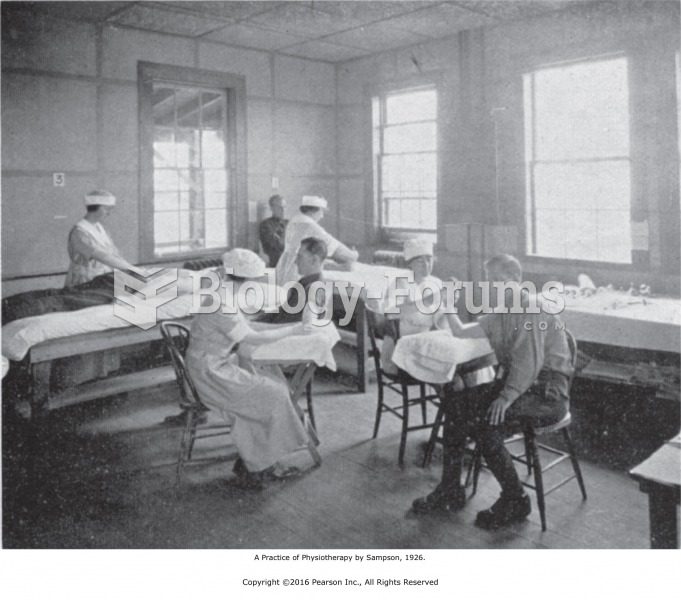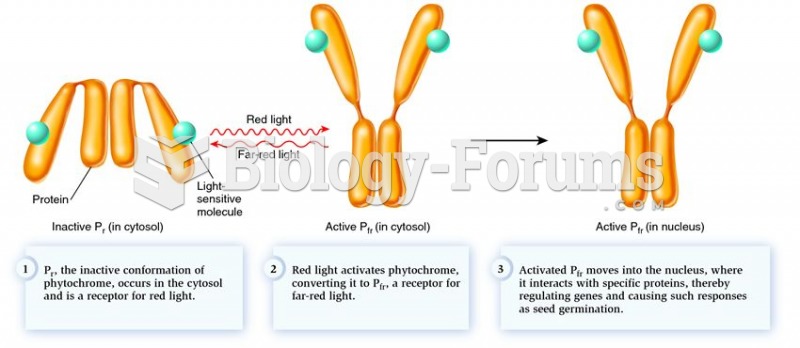|
|
|
Anesthesia awareness is a potentially disturbing adverse effect wherein patients who have been paralyzed with muscle relaxants may awaken. They may be aware of their surroundings but unable to communicate or move. Neurologic monitoring equipment that helps to more closely check the patient's anesthesia stages is now available to avoid the occurrence of anesthesia awareness.
About 100 new prescription or over-the-counter drugs come into the U.S. market every year.
Atropine, along with scopolamine and hyoscyamine, is found in the Datura stramonium plant, which gives hallucinogenic effects and is also known as locoweed.
Bacteria have flourished on the earth for over three billion years. They were the first life forms on the planet.
The U.S. Preventive Services Task Force recommends that all women age 65 years of age or older should be screened with bone densitometry.
 The pancreas. This organ sits just below the stomach and is both an exocrine and an endocrine gland.
The pancreas. This organ sits just below the stomach and is both an exocrine and an endocrine gland.
 A Corner of the General Massage Section of an Army Hospital. A Practice of Physiotherapy by Sampson, ...
A Corner of the General Massage Section of an Army Hospital. A Practice of Physiotherapy by Sampson, ...





